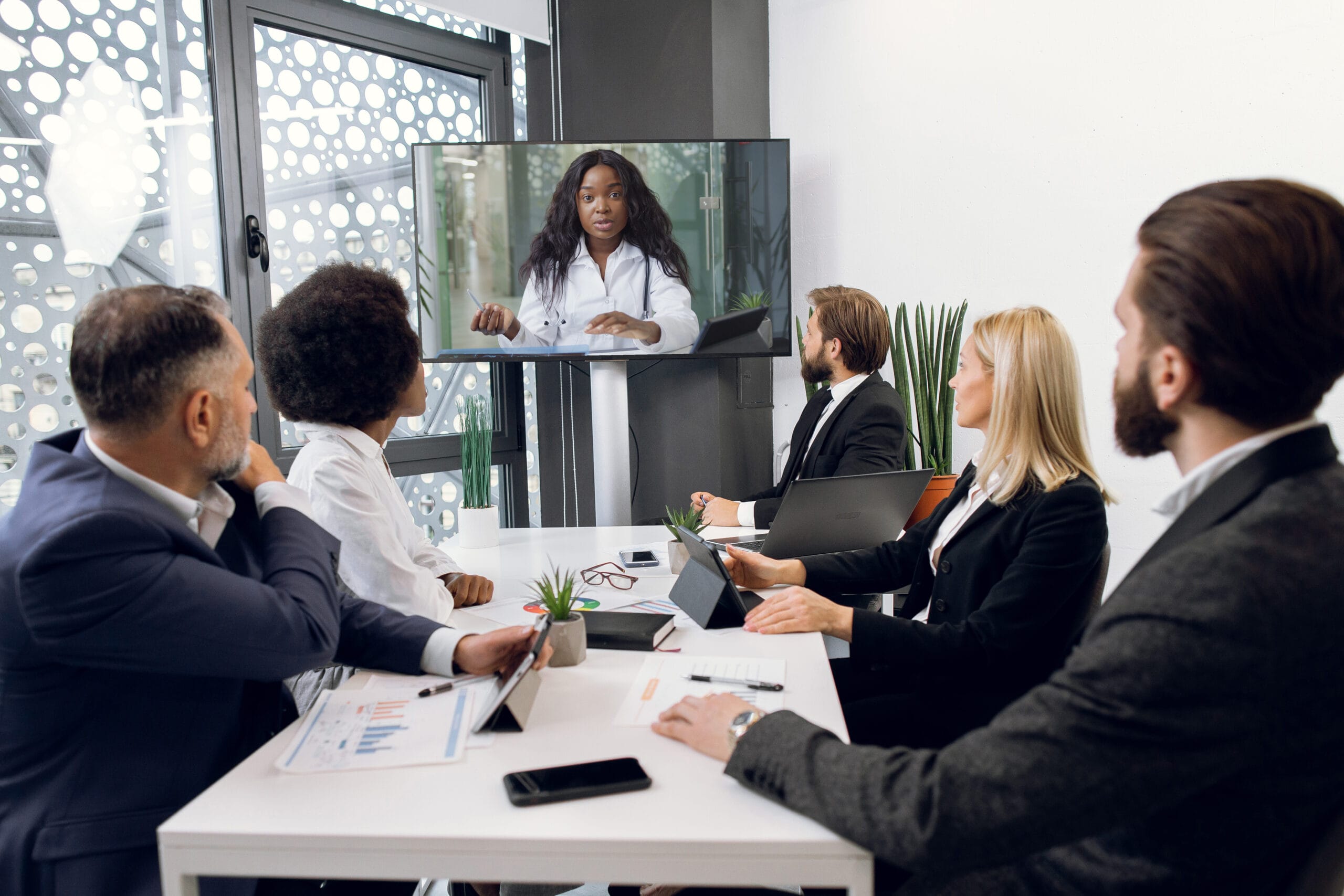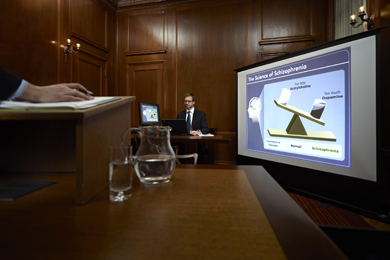Trial Presentation Specialized Services for Visual Explanations in Legal Cases
Trial Presentation Specialized Services for Visual Explanations in Legal Cases
Blog Article
Mesmerize the Court: Essential Elements of a Powerful Test Discussion
Crucial components such as recognizing the target market, crafting a compelling story, and grasping spoken and non-verbal interaction are important components of a reliable discussion. As these factors intertwine, they develop a cohesive technique that not just informs however likewise involves jurors on numerous levels.

Understanding Your Audience
Understanding your target market is a critical element of reliable trial presentation. A successful discussion depends upon the ability to understand the demographics, values, and tendencies of jurors. This comprehension educates how arguments are mounted, evidence is presented, and sob stories are crafted, guaranteeing that the message reverberates with the jurors on an individual degree.
Research indicates that jurors originated from varied histories and may have varying levels of recognizing pertaining to lawful proceedings (trial presentation). Thus, it is critical to prevent lawful lingo that could estrange or confuse them. Instead, employing clear, relatable language cultivates involvement and understanding. In addition, understanding the jurors' possible biases and life experiences allows the test presenter to prepare for objections and address issues proactively.
Effective test discussion likewise entails observing jurors' reactions during the proceedings. Being in harmony with non-verbal cues can give insight right into their engagement and understanding, allowing for real-time modifications in method. Eventually, a profound understanding of the audience not just enhances interaction but also develops relationship, raising the chance of a positive result. Engaging with jurors as individuals as opposed to a cumulative system is important in cultivating a strong link in the courtroom.

Crafting a Compelling Narrative
Crafting an engaging narrative is important in guiding jurors via the intricacies of an instance. A well-structured narrative not just simplifies complex legal concepts however likewise involves jurors on an emotional degree, making the info a lot more relatable and unforgettable.
To achieve this, attorneys should start by identifying the core message they want to share. This message should resonate with the jurors' worths and experiences, cultivating a link that transcends simple realities. The story ought to unravel logically, presenting events in a clear sequence to avoid confusion. This sequential strategy can help jurors comply with the progression of occasions, emphasizing domino effect.
Incorporating human aspects-- such as individual stories or narratives-- can further boost the narrative's influence. These components evoke compassion, enabling jurors to envision the effects of the case on realities. In addition, using a constant style throughout the presentation strengthens the main argument, making it less complicated for jurors to retain crucial points.
Eventually, an engaging narrative changes a trial discussion from a simple address of truths right into an influential story that mesmerizes the court, motivating them to mull over with both reason and emotion.
Making Use Of Aesthetic Aids
Integrating visual help into a trial presentation can significantly improve jurors' comprehension and retention of information. Visual products such as graphes, diagrams, photographs, and video clips can transform complicated legal principles and evidence right into easily absorbable formats. By engaging several senses, these help enable jurors to visualize the instance's crucial elements, making it simpler for them to follow along and understand intricate information.
Furthermore, properly designed visual aids can stress crucial points and emphasize relationships in between different pieces of proof. As an example, timelines can efficiently illustrate the series of events, while annotated pictures can clarify certain information pertinent to the you could try this out case. This not just aids in understanding however additionally enhances the narrative presented by the lawyer.
It is essential, however, to make sure that aesthetic aids are relevant, clear, and skillfully presented. Excessively complicated or cluttered visuals address might bewilder jurors and interfere with the message. When used sensibly, visual aids offer to match the oral arguments and improve the general influence of the trial presentation. Ultimately, effective aesthetic interaction can be an effective tool in persuading jurors and aiding them reach notified final thoughts.
Grasping Verbal Interaction
Efficient verbal interaction is critical in a trial discussion, as it offers as the primary methods with which lawyers convey their disagreements and attach with jurors. Simpleness in language promotes understanding and helps jurors realize complex issues offered during the test.
Furthermore, tone and pacing considerably effect just how messages are gotten. A positive tone shares authority, while proper pacing permits jurors to soak up information without really feeling bewildered. Attorneys must also vary their vocal inflections to stress bottom lines and preserve jurors' rate of interest throughout the discussion.
In addition, the organization of spoken disagreements is necessary. Structuring the narrative practically and coherently assists jurors adhere to the lawyer's line of reasoning, making it simpler for them to preserve important details. Using convincing methods, such as narration, can additionally enhance the psychological resonance of the arguments presented, therefore developing a more profound connection with jurors.
Inevitably, understanding verbal communication not just reinforces an attorney's situation yet likewise promotes depend on and rapport with the jury, substantially enhancing the chances of a beneficial verdict.

Engaging With Body Movement
Nonverbal interaction plays a vital function in test presentations, often conveying messages that words alone can not share. Body movement, including motions, stance, faces, and eye get in touch with, significantly affects how jurors perceive the reliability and sincerity of the presenter. A positive stance, with shoulders back and an open posture, can instill count on, while closed-off body movement may suggest defensiveness or uncertainty.

Faces ought to mirror the feelings connected with the case, strengthening the story being offered. As an example, an honest expression throughout a touching minute can generate empathy and enhance the psychological allure. Ultimately, grasping body language is important for reliable trial presentations, as it improves spoken interaction and develops a compelling presence that reverberates with the court.
Verdict
In final thought, astounding the jury demands a calculated strategy that includes recognizing the audience, crafting a compelling narrative, utilizing visual aids, grasping verbal communication, and engaging through body movement. Each component plays a vital duty in producing a powerful trial discussion that reverberates with jurors on both psychological and intellectual levels (trial presentation). By integrating these components efficiently, lawyers can significantly boost their ability to encourage and influence jury decision-making
Report this page